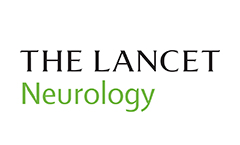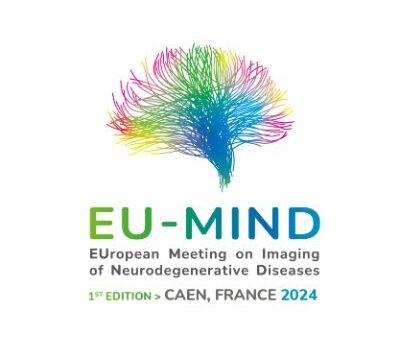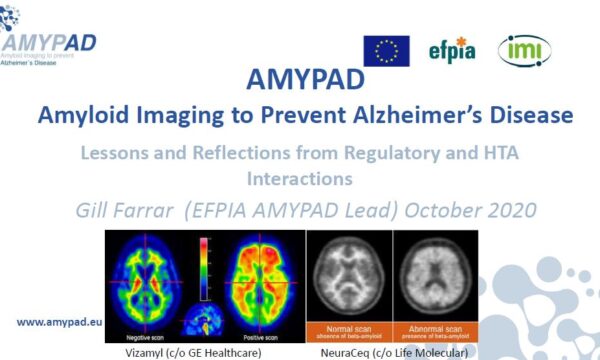The collaboration within the AMYPAD consortium has been productive and efficient during the fourth year of the project, despite the barriers imposed by the COVID-19 pandemic. In this piece, we wanted to reflect back on some of the important advances and major achievements made by each Work Package (WP).
Thanks to the WP1 (Overall project governance and management), AMYPAD members and collaborators gathered online for the first ever AMYPAD General Assembly and had a productive two-day meeting (8-9 October). The meeting was really well-attended by over 100 attendees (exceeding any of our past General Assembly meetings). The team also submitted the fourth Periodic Report of AMYPAD to IMI. WP1 played an important role in the development and submission of 14 key project deliverables through 2020. They also closely monitored the AMYPAD budget to ensure alignment with the current project plan, especially in view of the addition of new sites and cohorts in the AMYPAD Prognostic Study. Work has continued on the development of sustainability strategies, and for this activity the current collaborations and potential synergies with other projects and related initiatives will be considered.
In 2020, WP2 (Tracer delivery, PET scanning and image analysis) continued to focus on ensuring the correct development of PET scanning across the imaging sites along with their transfer and analysis. During this year, the quantification pipelines to estimate amyloid load from the scans have been consolidated and are routinely being applied to all incoming scans. In addition, several research projects aiming to improve the analysis of amyloid PET have been designed and are currently being developed, including an open-source software suite.
Despite the negative impact of COVID-19, the Diagnostic and Patient Management Study (DPMS) (WP3) succeeded in recruiting 844 of the planned 900 participants when recruitment was formally ended on 30 October 2020. A total of 245 people with SCD, 342 with MCI and 258 with dementia had been enrolled across eight European sites and will continue to be followed as scheduled. The data cleaning process has been initiated and the results on the primary endpoint are expected in mid-2021.
In 2020, the Prognostic and Natural History Study (PNHS) (WP4) saw great progress in the activation of all recruitment sites and the inclusion of additional Parent Cohorts. At this moment, the PNHS has 17 active sites and six cohorts have been actively enrolling into the study (EPAD LCS, EMIF-AD, ALFA+, FACEHBI, FPACK, UCL-2020-412), with two others confirmed to begin enrolment soon. In addition, almost all sites received approvals for the protocol amendment which allows the sites to collect additional data in EPAD participants as this was not possible anymore due to the early termination of the EPAD study. In total, at the end of 2020, the AMYPAD PNHS had 754 participants consented of which 584 already underwent PET scanning. The data integration process (from all data sources) and quality check of data has been initiated. Finally, the team has also conducted the first exploratory analyses of PNHS data.
WP5 (Monitoring treatment: Quantifying patient-specific efficacy) also had a productive year with the expansion of the collection of external datasets with available amyloid PET imaging (in close collaboration with WP2). WP5 used its fourth year to continue with external collaborations and carried out analysis for advanced disease modelling focused on better understanding the spatial-temporal progression of amyloid, its early detection and relation to other biomarkers, such as CSF. These endeavours have resulted in multiple presentations and publications.
The team behind WP6 (Ethics, communication and dissemination) provided a big support for the communication and dissemination of AMYPAD outputs. Throughout the year, WP6 coordinated the production and the regular maintenance of the communication tools. Amongst many highlights, the AMYPAD project has been presented at international conferences and national events such as the Human Amyloid Imaging (HAI), Alzheimer’s Association International Conference (AAIC) and the Alzheimer Europe Conference (AEC). Additionally the AMYPAD consortium has already developed several publications. In parallel, the ethics team within WP6 was busy focusing on investigating the differences in the way that Alzheimer’s disease is understood in a research context compared to the lay audience. The team was also working towards an overview of the contextual factors that influence the way in which Alzheimer biomarkers should be disclosed to research participants.



